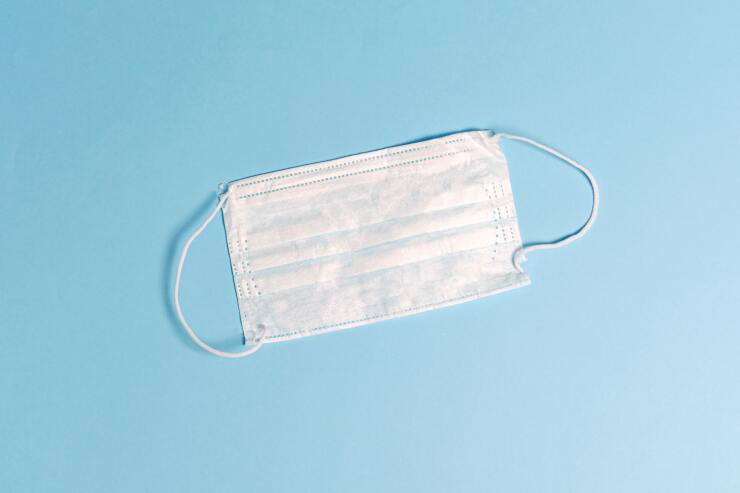The U.S. healthcare bill edged past $4.3 trillion, or almost $13,000 for every American, as pandemic spending increases slowed in 2021.
The 2.7% increase in spending last year reflects the public's return to more regular care patterns that were disrupted in 2020,
"COVID spending at the national level actually does show this deceleration, while the underlying trends show an acceleration, which is primarily due to increased use" of medical care, said Anne Martin, an economist with the Centers for Medicare and Medicaid Services.
Health spending represented 18.3% of U.S. gross domestic product in 2021. That's down from the year before, when the pandemic curbed economic output sharply, but still a higher share than before COVID. The US devotes a
Read more:
The U.S. spending figure reflects the combined outlays of government programs, private employers and households; federal spending makes up more than a third. A team of actuaries and economists at CMS tallies the national health figures each year.
While COVID response programs that backstopped hospitals and other providers with tens of billions of dollars persisted in 2021, most of the money was disbursed in 2020. Excluding the impact of federal support and public health funds, expenditures grew at 2.3% in 2020 and 7.6% in 2021, the researchers said.
About one-third of U.S. health spending goes to hospitals, about a fifth goes to physicians and 9% to prescription drugs. Overall drug prices declined for the fourth year in a row, while prices for medical care were fairly stable, according to the study, though the period analyzed doesn't capture 2022's record inflation.
The number of uninsured Americans declined in 2021 as enrollment in the Medicaid safety-net program for low-income people jumped. State Medicaid rolls swelled because the programs paused processes to determine whether people remained eligible for the benefit during the public health emergency. That policy is expected to expire in 2023, and companies that provide Medicaid coverage are preparing for the shift.
The slower rate of spending and federal support hasn't insulated American families from rising medical costs. Households' out-of-pocket spending leapt 10% in 2021, the fastest increase since 1985 after a small decline in 2020. The increase reflected trips to dentists and doctors, elective surgeries and medical equipment including eyeglasses — the kind of care that many people deferred in 2020.






